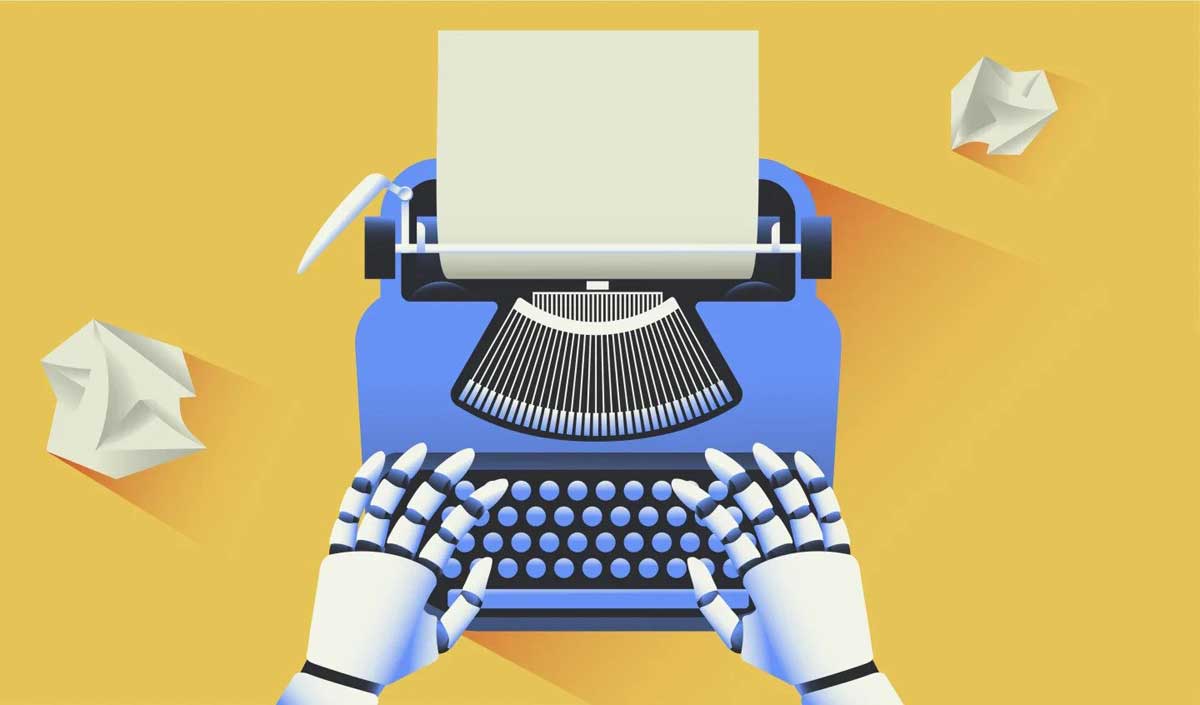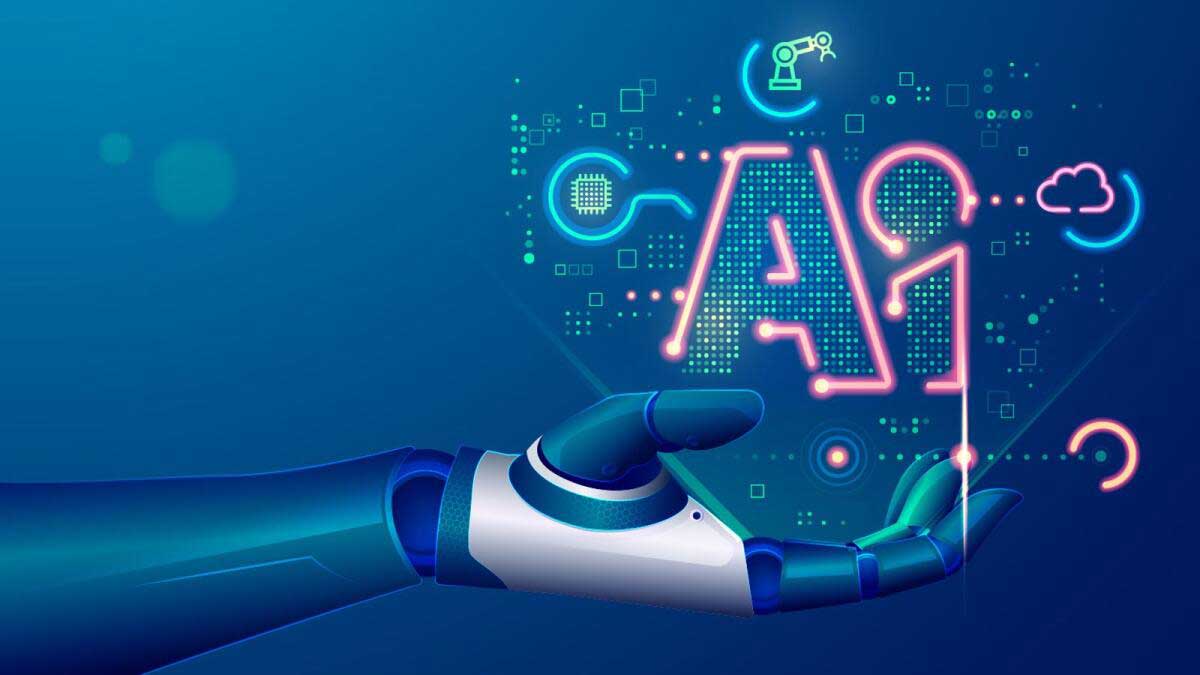Artificial Intelligence (AI) has witnessed tremendous advancements in the past years, and two prominent language models that gained so much attention are ChatGPT and Google BARD. These models are designed to generate human-like text responses, engaging in interactive conversations. In this article, we will explore deeper about the features, capabilities, and performance of both ChatGPT and Google BARD to determine which model stands out as the better conversational AI.
Technology and Approach
ChatGPT, developed by OpenAI, is built on the architecture of GPT-3.5. It is dependent on a large-scale, transformer-based model trained using a wide and diverse range of internet text. ChatGPT generates responses based on the context provided by the user, focusing on understanding, and generating coherent and contextually relevant replies.
On the other hand, Google Bidirectional Encoder Representations from Transformers, also known as BARD, is a neural network-based language model. It uses an encoder-decoder architecture and employs transformer models to generate human-like responses. BARD leverages large amounts of multilingual and multimodal data, including text, images, and videos.
Conversational Ability
Both ChatGPT and Google BARD excel in engaging in interactive conversations. They can provide detailed and context-aware responses, making conversations more natural and fluid. However, ChatGPT often struggles with maintaining long-term coherence and may occasionally produce irrelevant or nonsensical responses. Google BARD, with its multimodal training, is designed to leverage additional information from various sources, enabling it to offer more nuanced and contextually accurate responses.
Knowledge and Facts
ChatGPT, with its cutoff knowledge in September 2021, might lack information on recent events and developments. It might not be aware of the most up-to-date news or possess knowledge about recent scientific discoveries. Conversely, Google BARD has the potential to access a broader range of knowledge by leveraging current and constantly updated information from the web. This gives BARD an edge when it comes to factual accuracy and staying current.
Fine-Tuning and Customization
OpenAI allows users to fine-tune ChatGPT on specific tasks or domains using their custom datasets, enabling more specialized conversations. While Google BARD does not provide direct fine-tuning options, it benefits from Google’s extensive expertise in natural language understanding and can be integrated into various Google products and services.
Ethical Considerations
OpenAI has placed a strong emphasis on responsible AI usage and has implemented measures to address biases and potential harmful outputs in ChatGPT. Google has also made efforts to ensure ethical usage of AI technologies, including language models. It is important to note that biases or unintended behavior can still occur in both models, and continuous efforts are needed to mitigate such issues.
Conclusion
Both ChatGPT and Google BARD are stunning language models, capable of engaging in interactive and contextually relevant conversations. ChatGPT offers a user-friendly and customizable experience, while Google BARD brings in the advantage of leveraging multimodal data for more accurate responses. The choice between the two depends on the users’ specific requirements and priorities. While ChatGPT is well-suited for general-purpose conversations, Google BARD’s access to updated information and multimodal training gives it an edge in terms of factual accuracy and contextual understanding. As AI technologies continue to evolve, advancements in conversational AI are likely to address the current limitations and create even more powerful and refined models in the future.





Leave A Comment